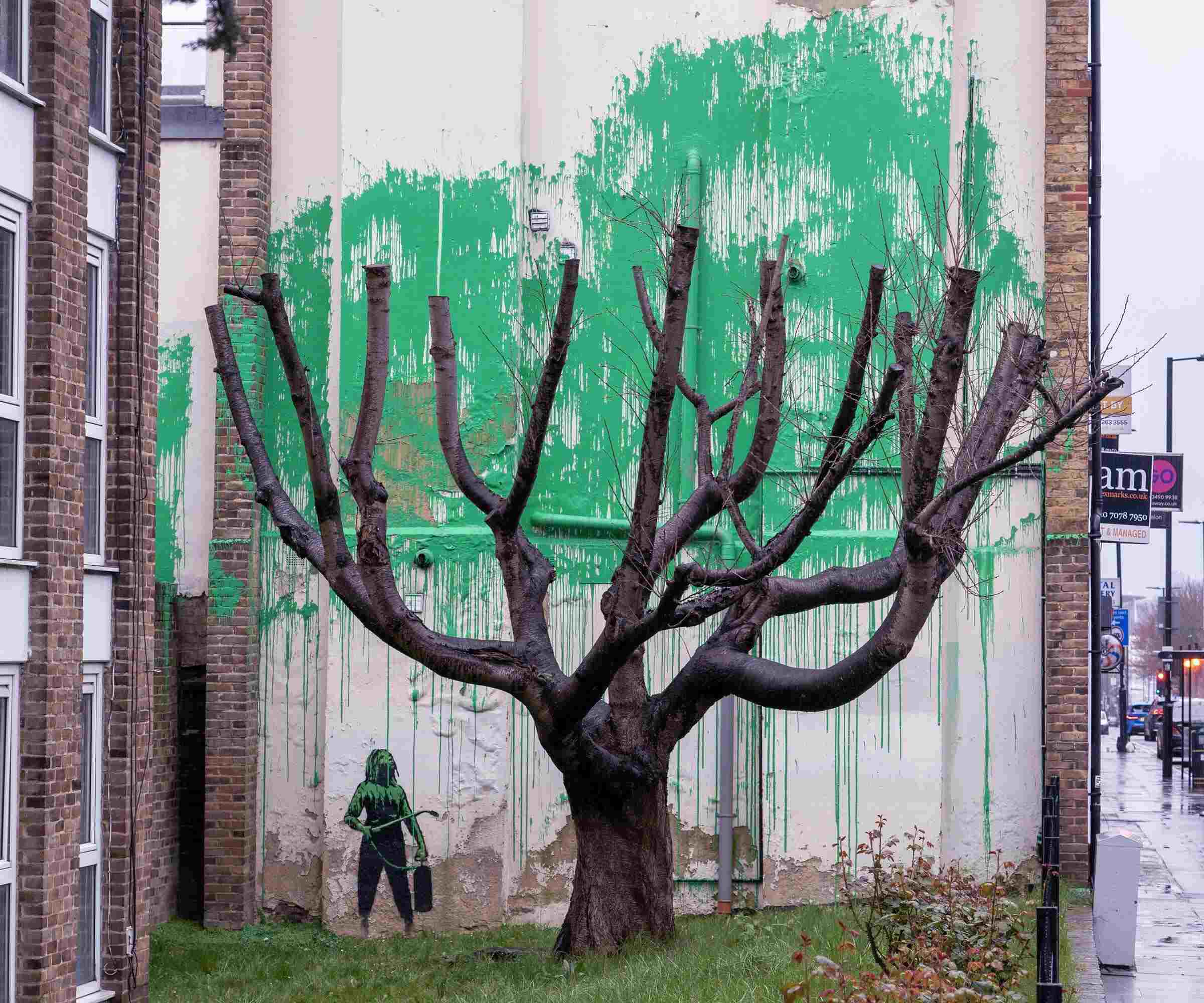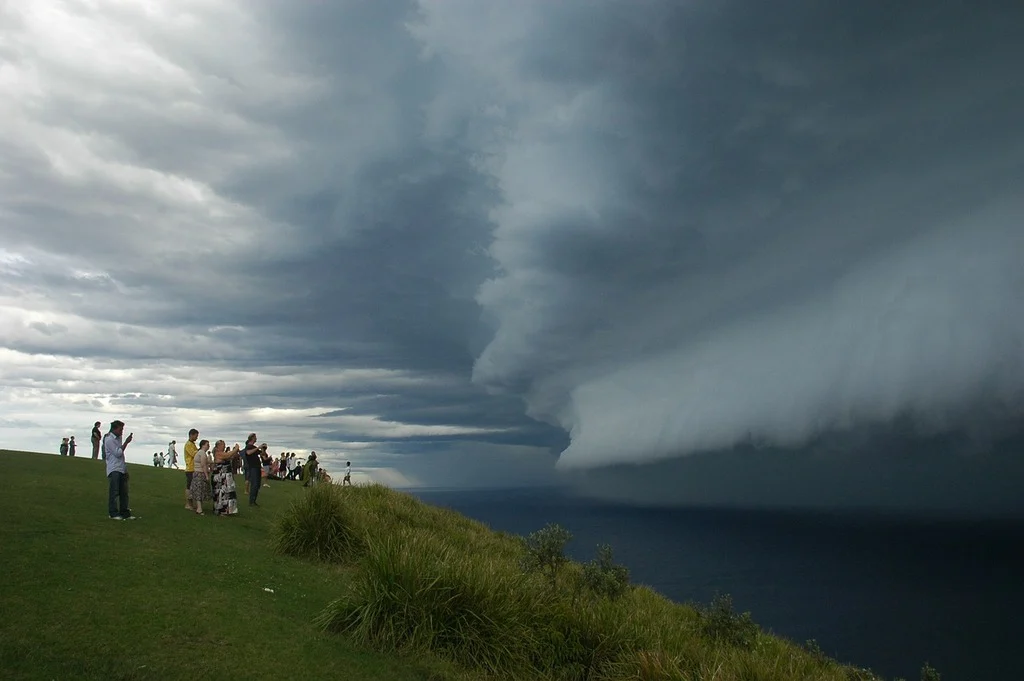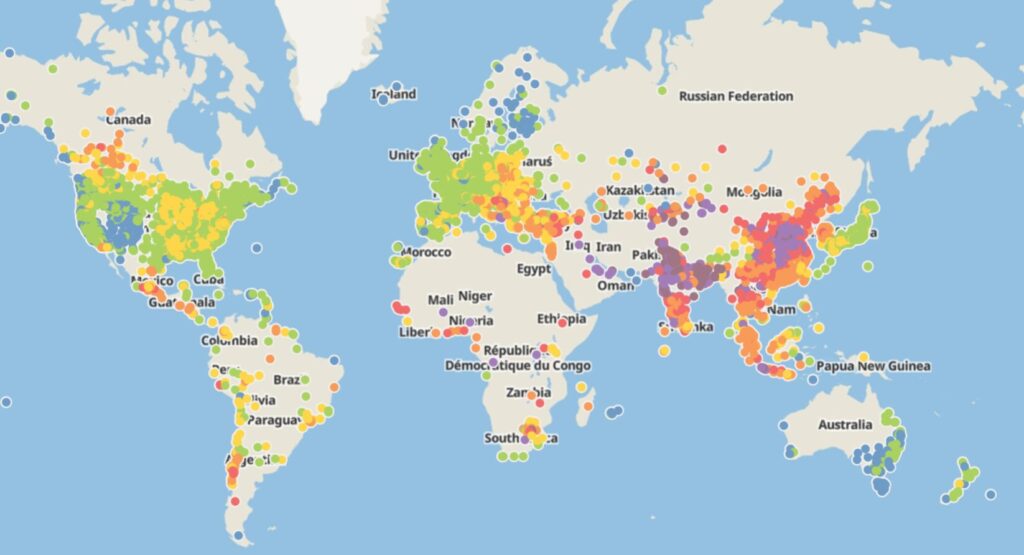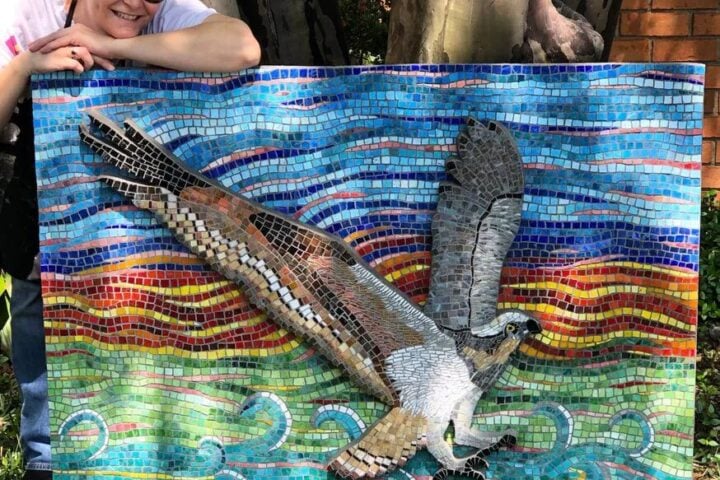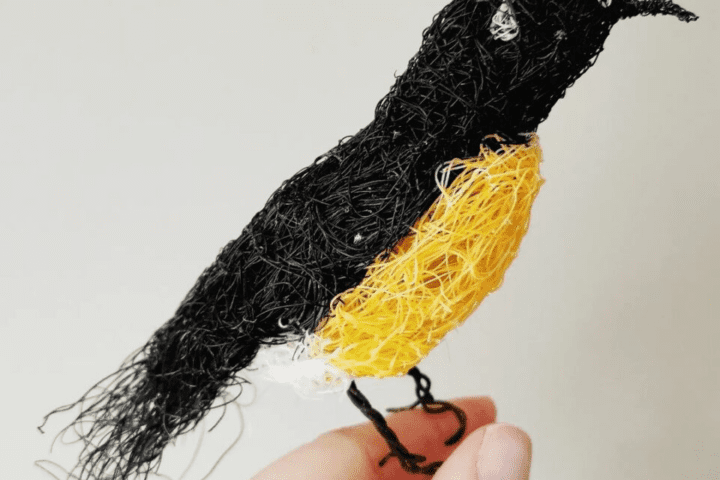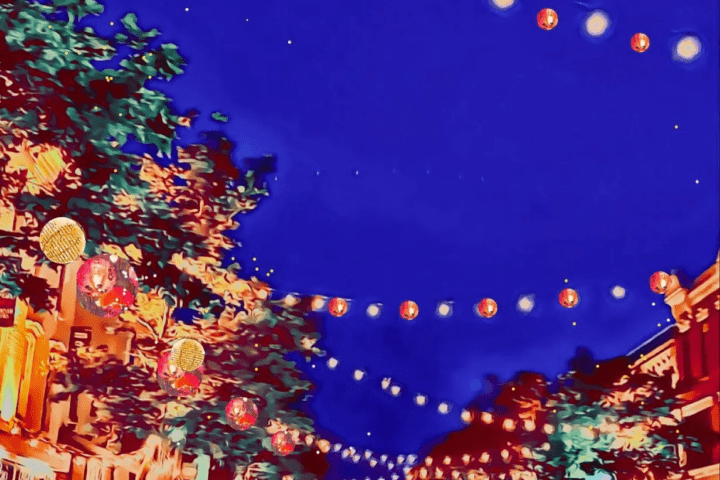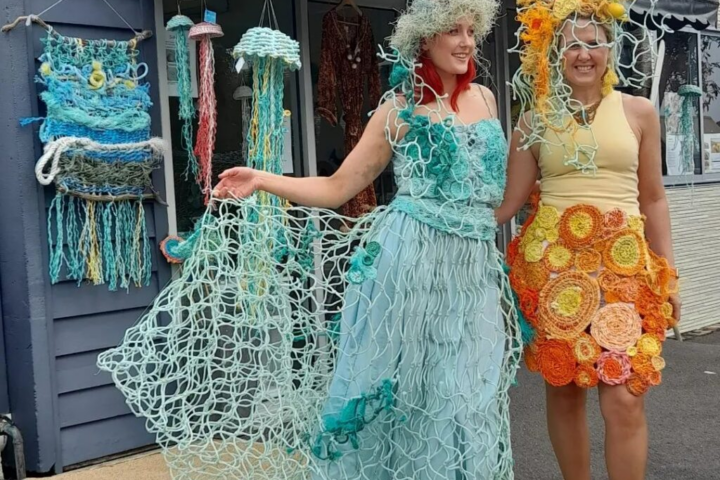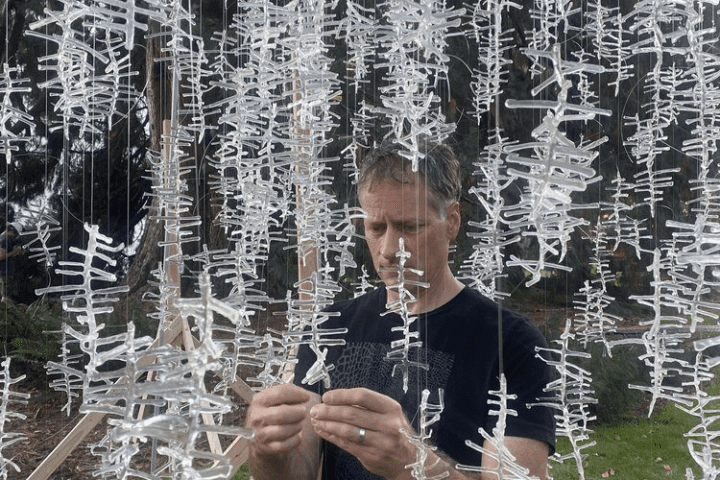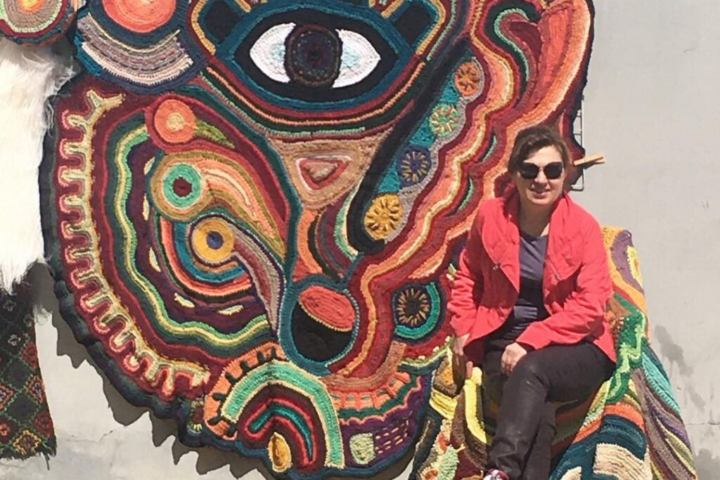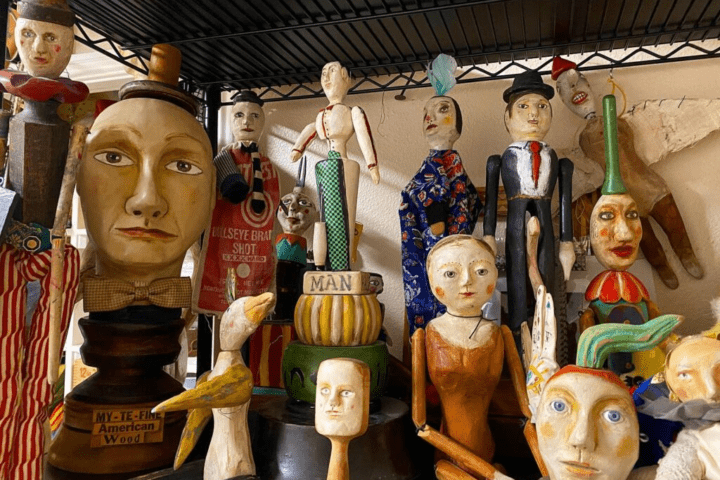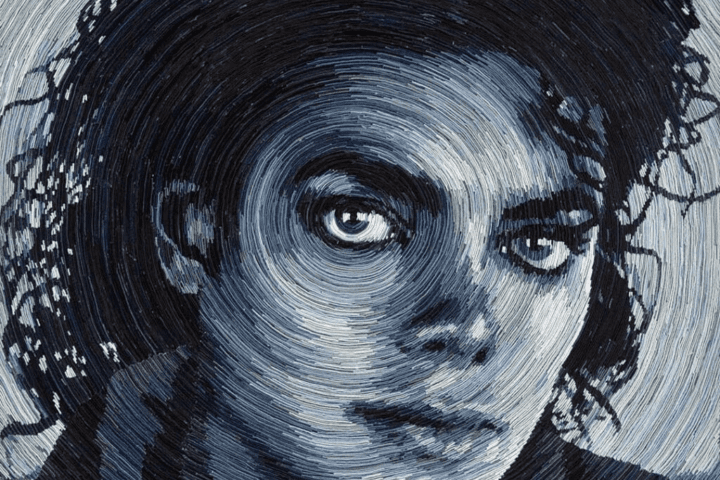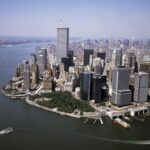There’s a constant stir these days on Hornsey Road, a street in Finsbury Park to the north of London. A mix of the curious, journalists, and Instagrammers gather around the new work by street artist Banksy, which has revolutionized this multicultural neighborhood. Two Japanese women take selfies, a group of British girls dressed as if for the cover of Vogue take turns photographing each other. A BBC journalist seeks any statement among the group of onlookers who have come to the neighborhood.
In the midst of the spontaneous circus, a beautiful and noble cherry tree wildly pruned—to be more precise, “pollarded,” because its crown has disappeared—stands like a sort of iron candelabra in the middle of the urban landscape. Banksy’s painting—the artist claimed authorship on his Instagram account—intends precisely to denounce the sacrilege. On the white side wall of an apartment complex located right behind the tree (a surface coveted by any graffiti artist), the author has painted a huge green smudge that slides down the wall like moss vines. In one corner, a woman seems to be spraying the non-existent foliage of the now mutilated branches.
The county of Islington, to which the neighborhood belongs, claims that the tree, which is already between 40 and 50 years old, had entered a decline process. It was sick and had been damaged by fungi.
The owner of Thor’s Trees, the company that carried out the pruning, assured the BBC that municipal officials had given them instructions “down to the smallest detail” on how they wanted the work to be done. The pollarding technique, explains Lawrence-Thor Stephen, helps ensure that the branches, which grow upwards in that species, do not become too large and risk falling on pedestrians due to the disease of the tree.
The owners of the building on which the new genius of the anonymous street art has appeared have already surrounded it with fences to try to protect the added value. Next to the cherry tree, a small sign prohibits people from climbing the tree. Curiosity is insatiable, and many have already jumped the temporary fences installed around the work to get a better photograph. Sooner or later, someone will end up climbing the branches of the cherry tree to get a better detail of Banksy’s smudge, completely ignoring that the initial purpose of this guerrilla urban art was precisely to denounce the abandonment of the tree.
Similar Posts
It’s likely that Banksy intended to denounce the disappearance of nature in the urban landscape, by linking his work to the said tree. From a few meters away from the scene, the viewer can imagine that the blotch painted by the artist replenishes the cherry tree with leaves. But the truth is that these days the conversations of the onlookers revolve more around the beauty or ugliness of the artist’s work, or about the revaluation that the homes touched by the genius’s hand may achieve.
The county of Islington has already instructed the municipal team that usually deals with removing graffiti and paintings from the neighborhood to respect the new Banksy.
On Wednesday morning, two huge white spots appeared on the work of the author, as if someone had thrown paint to ruin it. Some neighbors lamented the apparent vandalism—the urban pieces of Banksy, increasingly valued at crazy prices, are spared from entering that category—, but others remembered that this is the same artist who planned the live shredding of one of his paintings, in the middle of its auction. The result of that joke was that the canvas, or what remained of it, hanging from the frame in which Banksy had hidden a paper shredder, saw its value doubled. Perhaps the vandalism on the work came from the author himself.
According to recent claims that have not yet been verified, Banksy’s artwork in Finsbury Park may be hidden from public view. The artwork, which has been designated as a local monument, is distinguished by its vibrant green strokes placed against a stark white backdrop. The piece’s covering has been seen on camera by onlookers and shared on social media, sparking a flurry of rumors and discussion among the community and fans of Banksy. Many are eager for explanation, and the reasons for this concealment are still up for speculation. The conversation on street art conservation and its complex relationship with the urban environments it adorns has been enlightened by this event.
